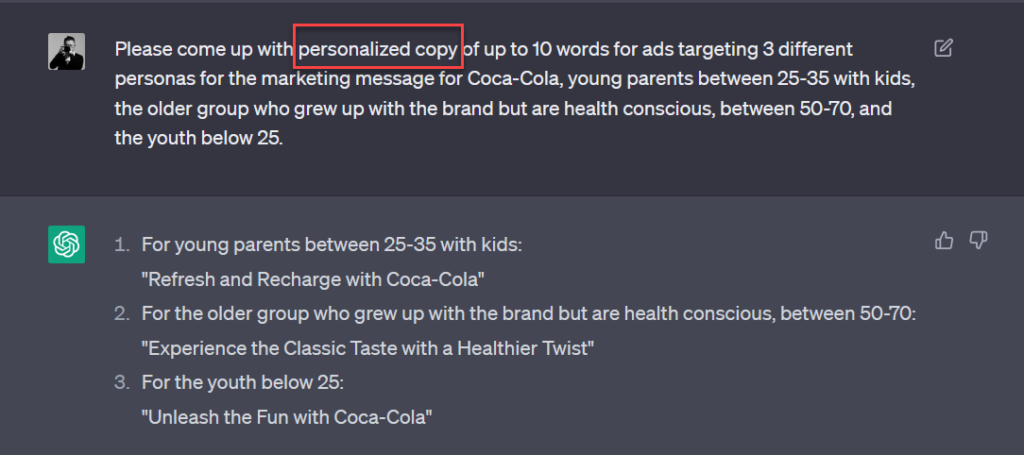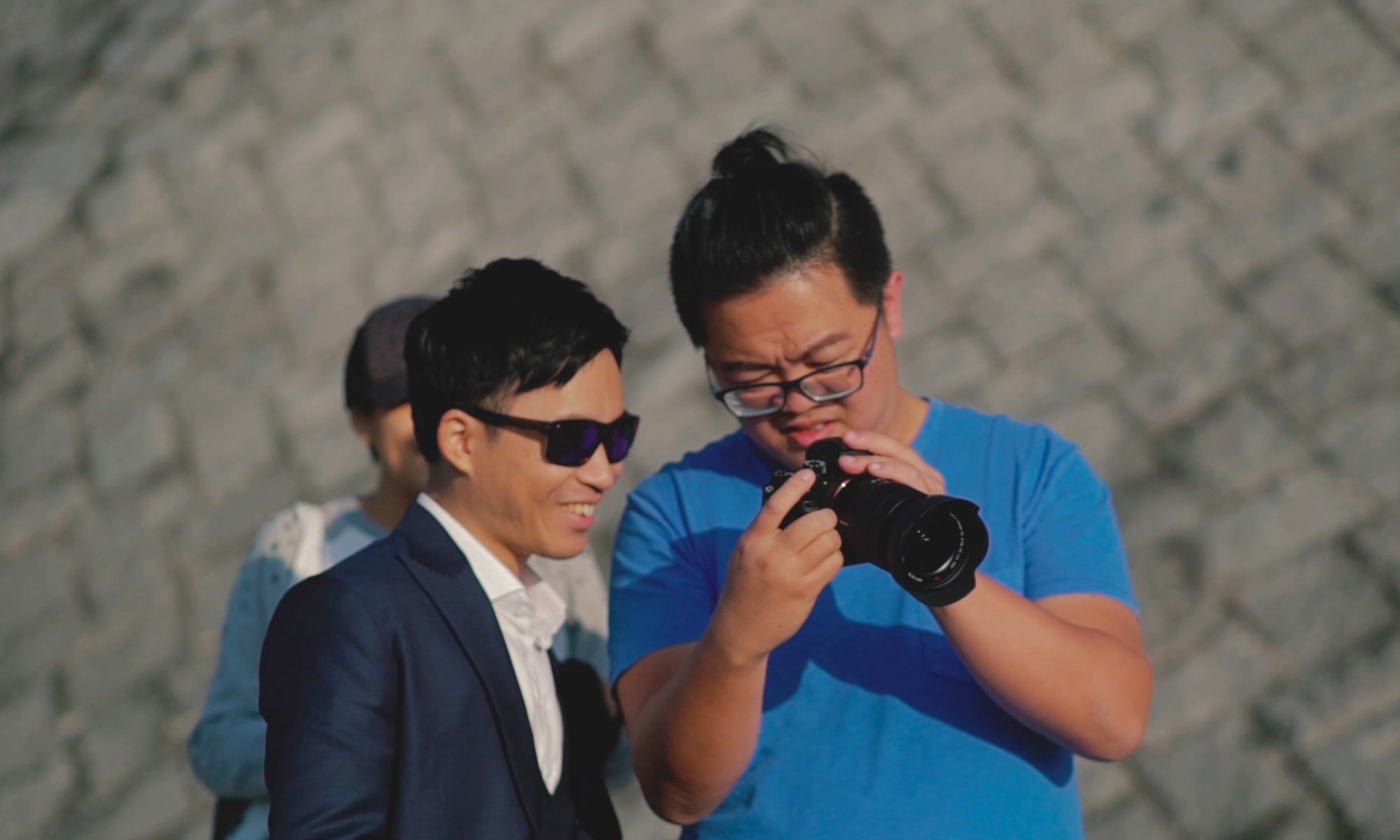So I’ve shared a bit about my philosophy when using Generative AI like ChatGPT, Dall-E and Midjourney. Companies across different industries are harnessing its power to improve their business processes. Here are three ways that generative AI can take your marketing strategy to the next level :

Source: Rethink Ideas
- AI-Generated Visuals
With the help of marketing agency Rethink Ideas, Heinz launched what they described as “the first-ever ad campaign with visuals generated entirely by artificial intelligence.” Using the AI image generator DALL-E 2, the agency noticed that prompts related to ketchup frequently produced results that look just like bottles of Heinz. By encouraging consumers to share their own AI prompts for ketchup-based imagery, the campaign resulted in unique and creative visuals that captured the essence of the brand.
- Personalized Content
Generative AI can help you create personalized content for your audience. With the ability to analyze vast amounts of data, generative AI can create personalized ads, emails, and social media posts that cater to the interests and preferences of individual customers. This not only increases engagement but also improves customer satisfaction and loyalty.
One quick example is putting the following prompt :

- Product Recommendations
By using generative AI to analyze customer data, you can provide personalized product recommendations that cater to the needs and preferences of your audience. This not only increases the chances of a sale but also improves the overall customer experience.
Similar to the example above, you can provide customer data for ChatGPT to analyse. There will be new plugins that would be catered to these tasks, no doubt, but these are what you can do immediately now with ChatGPT.
So have you started playing with the technology yet?
For now, just by using AI-generated visuals, personalized content and product recommendations, one can create a marketing strategy that’s not only effective but also tailored to your customers’ needs and preferences.
But as a caveat, one should always apply some common sense and bring your own business experience in understanding what is generated. ChatGPT is known to be inaccurate and would ‘hallucinate’, i.e. make up things when it doesn’t have the data, and still sound extremely confident. So it is prudent to do a bit of follow up research to check what it comes up with.
Even a simple Google search would do wonders.





